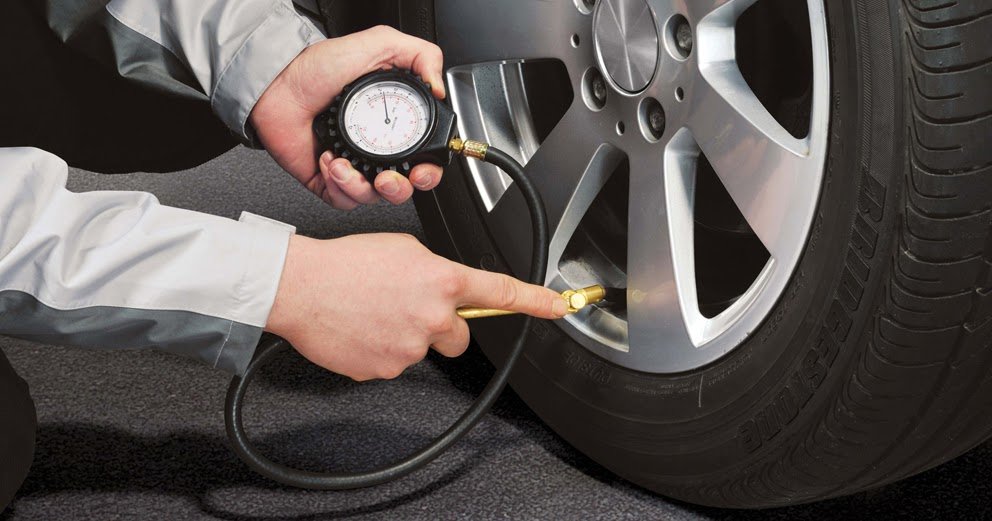
The key to keeping your vehicle looking good and running longer is to maintain it regularly. While such tasks as aligning the wheels are best left to professional auto techs, there is plenty of car maintenance that you can do on your own.
Start with the Owner’s Manual
If you’re unfamiliar with where certain parts of your car are located, give the owner’s manual a once over. It will tell you where to find such important do-it-yourself components like the oil dipstick or the windshield washer reservoir. It will also contain recommended maintenance intervals and more detail on how to perform certain service tasks.
Check the Tires
Your vehicle may already have a Tire Pressure Monitor that tells you when your tires are low on air. If not, you may need to get an air pressure gauge, which is available at your local auto center. Attaching this to the air intake of attire will tell you how much pressure you have. If this number is lower than the recommended pressure that is listed on the driver’s door jamb or in the owner’s manual, fill the tire at a service station until the correct pressure is reached.
You can also check if you have sufficient tread depth, by inserting a penny with the top of the headfirst into one of the grooves. If the top of the head is showing, the tread on your tire is dangerously shallow. You may need to take it into a service department to get the tire changed.
Check the Oil
Oil is the lifeblood of your engine, so you should check it regularly to make sure that you have enough. Allow your engine to cool and then open the hood. Pull out the dipstick and wipe the oil off the tip. Reinsert the dipstick into its tube and then pull it out again. If the dipstick reveals that the oil is low, you can add oil by removing the oil filler cap and pouring oil a little at a time. You can wait a few minutes and then check the dipstick again to make sure that the engine now has enough oil.
Top off the Fluids
While the hood is open, you can inspect the different fluid reservoirs is to ensure that they are filled, including fluids for the transmission, brakes, coolant, and windshield washer. If the liquids are low, all you have to do is pour enough of the fluid into the compartment until it is full again. Note that some coolants require a new 50-50 mix of cooling and water, which will be indicated in the: instructions.
Protect Your Car
Ultraviolet rays can damage the exterior finish and the interior upholstery of your vehicle. In addition, bird droppings, insects, and sap can do a number on your paint. The best way to prevent any damage is to use a car cover on your vehicle whenever you have to park it outdoors for any length of time. Additionally, a car cover will keep the interior from getting too hot under a blazing sun. Click to learn more about car covers.
